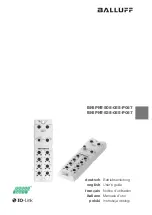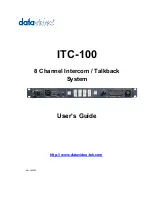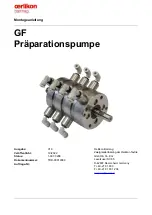
Page 13
Membrane Replacement
Step 4
Step 5
Step 6
Step 7
This reverse osmosis system contains a replaceable component (the RO membrane) which is critical
to the efficiency of the system. Replacement of this reverse osmosis membrane should be with one
of identical specifications to assure the same efficiency and contaminant reduction performance.
Membranes have a life expectancy between 2 and 3 years, depending on the incoming water conditions
and the amount the RO system is used. This reverse osmosis membrane is critical for effective reduction
of total dissolved solids (TDS). The product water should be tested periodically to verify that the system
is performing satisfactorily.
Normally, a membrane would be replaced during a semiannual or annual filter change. However, if
at any time you notice a reduction in water production or an unpleasant taste in the reverse osmosis
water, it could be time to replace the membrane. Watts recommends replacing the membrane when
TDS reduction falls below 75%.
Step 1 Turn off the incoming water supply to the RO at the adapt-a-valve.
Open the RO Faucet and allow water to drain from the tank until it is completely empty.
Step 2
Removing the membrane:
Installing the membrane:
Remove the end cap from the membrane housing by turning it counter clockwise to loosen.
You may remove membrane housing from the holding clips. Using a pair of pliers, grip the
PVC tube of the RO membrane and pull firmly on the membrane to remove from the housing
and discard.
Lubricate the O-rings on the new membrane with a water soluble
lubricant such as KY Jelly ®. Insert the end with the two black
O-rings on the PVC tube first into the housing.
Once membrane has been inserted into the housing you must take
your thumbs and give a firm push to properly seat the membrane.
Replace membrane housing cap and tighten.
After replacing membrane housing into the holding clips, re-attach the white tube to the elbow
fitting on the end cap of the membrane housing.
Step 8
Step 3
Disconnect the white tube from the elbow on the end cap of the membrane housing.
Follow the Start Up Instructions on page 10.
Step 9
Summary of Contents for GTS350C
Page 19: ...Page 19...






































